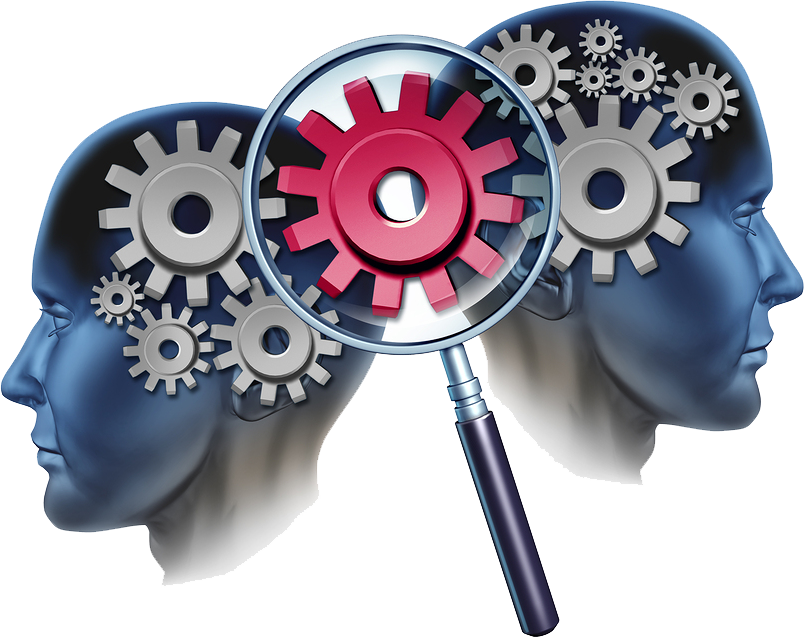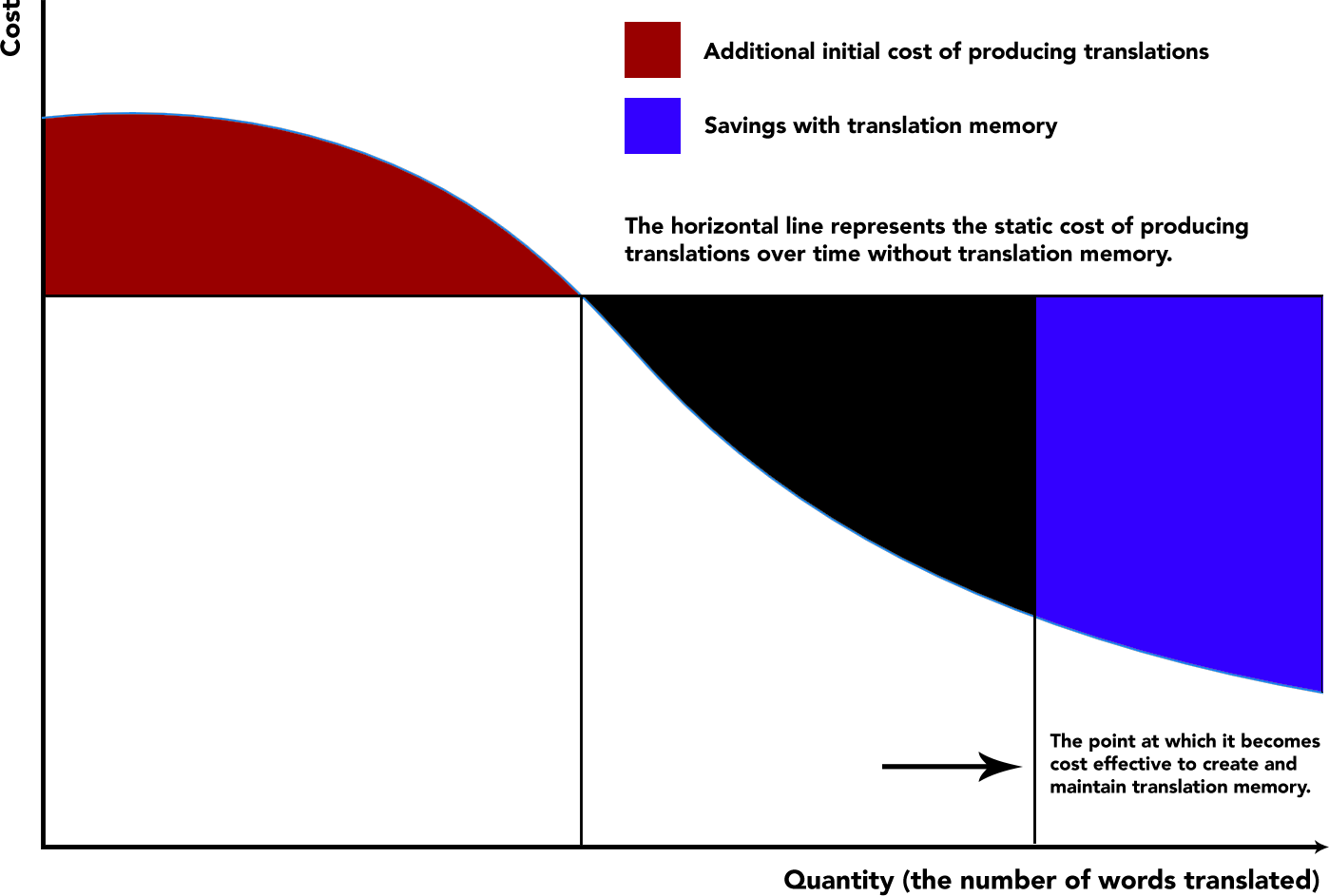
Green Crescent can set up translation memory accounts for participating clients. These accounts are established with long term relationships in mind. If your organization requires frequent translation, you may be interested in considering the benefits of computer-assisted translation and translation memory.
What is translation memory?
Translation memory is really little more than a database, generally referred to as translation memory (TM) which is used in conjunction with computer assisted translation (CAT) tools - software that allows human translators to interact with the database. Currently, the standard database format is called Translation Memory eXchange (TMX) which allows cross-platform sharing of translation memory files.
For long texts, for texts that are translated over time, and especially for texts that were translated by different translators, language memory does what even the best human translation team cannot - recalls every word, phrase, sentence and paragraph translated.
Translation memory software does not actually translate anything. Rather, it remembers how previous pieces of text were translated and makes suggestions to human translators as they translate. Translation memory is intended as an aid to human translators rather than a substitute like the machine translation algorithms used by free online translators such as Google Translate and Microsoft's Bing Translator.
Computer-assisted translation vs machine translation
It is important not to confuse computer assisted translation with machine translation. Computer assisted translation enhances the skills and capacity of a human translator while machine translation seeks to replace human translators altogether While both leverage the previous work of human translators stored in databases, computer assisted translation essentially functions as an extension of the human translator's brain leaving all decisions large and small to a human translator. Machine translation replaces such decisions with computer algorithms.
If you have any doubt about which produces a better result, you can read more about machine translation here.
How does it work?
Translation memory software saves translated text strings in a database then recalls them as a human translator translates much in the same way Google searches for keywords. When a "match" is found, the software makes suggestions based on how previous text strings were translated. The human translator can accept it as is, refuse it, or modify the suggested translation and incorporate it into the translation as he or she desires.
As the amount of translated text saved to the memory file grows, so does the probability that increased matches will be found as the translator translates which serves to heighten consistency as well as lowering the cost of translating documents over time.
What are the benefits?
The benefits of using language memory are twofold:
Improved consistency. Even if you don't expect to have a lot of translation work and may not be in a position to take advantage of the long-term cost savings, using language memory has the additional benefit of producing heightened consistency in individual texts by ensuring that text strings are translated the same way each time.
Long-term savings. If you have frequent translation needs, translation memory will lower your translation costs over time.

The embedded graphic is a visual representation of the long-term savings of creating and maintaining language memory files in a generic case. Red represents the initial investment in translation memory technology which includes additional cost per word, the creation and maintenance of translation memory files and the cost to integrate and align previously translated works. The black area represents the recuperation period. This is the period in which your initial investment is recovered as the cost of a given translation decreases due to the incidence of discounted string matches. The blue area represents savings from the break-even point and into the future.
The actual break-even point and amount of long-term savings cannot be determined beforehand as some texts have more repetitions and commonality (matches) than others and future translation needs may not be foreseeable.. This graphic is intended to help conceptualize the potential economic benefits of using translation memory over the lifetime of an organization's translation outsourcing needs, which can be very substantial.
Are there any disadvantages?
Professional translators skilled in the use of translation memory come at a premium as the learning curve is steep and can require additional labor in the reformatting of some documents.
Is translation memory right for my organization's needs?
If your translation needs are minimal, your primary need is the translation of business or other correspondence, or if consistency is not an issue, the answer is that the cost may outweigh the benefits.
If, on the other hand, you have a large project, produce a large body of work with a fair amount of repetition, or consistency of terminology and turn of phrase are critically important then language memory will be of great benefit to your organization. A good example would be a manufacturer that needs to produce a lengthy technical manual or an NGO that uses similar legal terms in the production of local contracts.
Our project managers can help you assess if establishing a translation memory account is right for your organization. Please contact us for further information.
